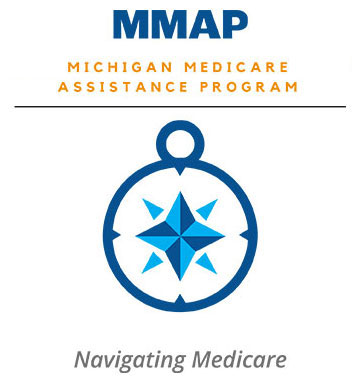Enrollment in Medicare Advantage continues to climb steadily as spending reductions enacted in the Affordable Care Act reduce historical overpayments to the private plans, according to a new analysis by the Kaiser Family Foundation. But limits on out-of-pocket spending for Medicare-covered services are rising, providing less protection for enrollees with relatively high health care expenses.
Medicare Advantage enrollment grew in virtually all states and reached 16.8 million beneficiaries as of March 2015, an increase of more than 1 million people since the preceding March. Enrollment in Medicare Advantage plans, an alternative to traditional Medicare, has increased by 5.6 million people since the enactment of the ACA in 2010, according to the Foundation’s Medicare Advantage 2015 Spotlight: Enrollment Market Update, which analyzes trends in enrollment (nationally and by state), premiums, out of pocket limits, and quality ratings.
Premium growth in Medicare Advantage has been modest – premiums (weighted by enrollment) have remained relatively flat since 2011, and average $38 per month in 2015, up $3 per month from 2014. Out-of-pocket spending limits, however, have increased in recent years, rising from an average of $4,317 in 2013 to $5,041 in 2015. Between 2013 and 2015, the share of enrollees in plans with out-of-pocket limits above $5,000 nearly doubled to 46 percent. Medicare Advantage plans, unlike traditional Medicare, are required to have an out-of-pocket limit for services covered under Medicare Parts A and B that is no higher than $6,700

